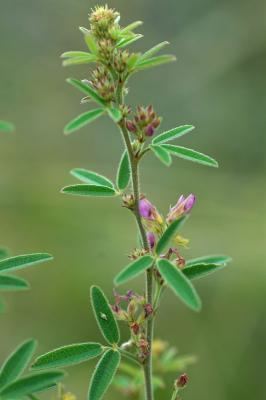Rank Species | ||
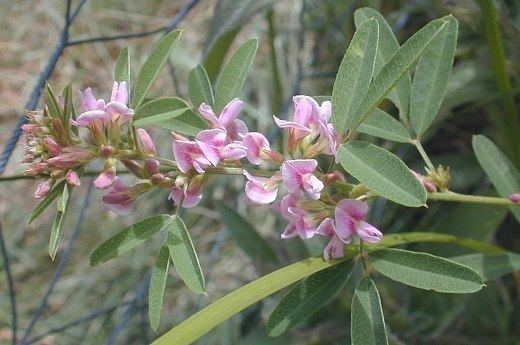 | ||
Similar Lespedeza capitata, Lespedeza leptostachya, Desmodium illinoense, Tephrosia virginiana, Agalinis gattingeri | ||
Lespedeza virginica (slender bush clover or slender lespedeza) is a species of bush clover native to much of the Eastern, Southern, and Midwestern United States, as well as Ontario, Canada. L. virginica is listed as threatened by the US federal government in Wisconsin and New Hampshire.
Contents
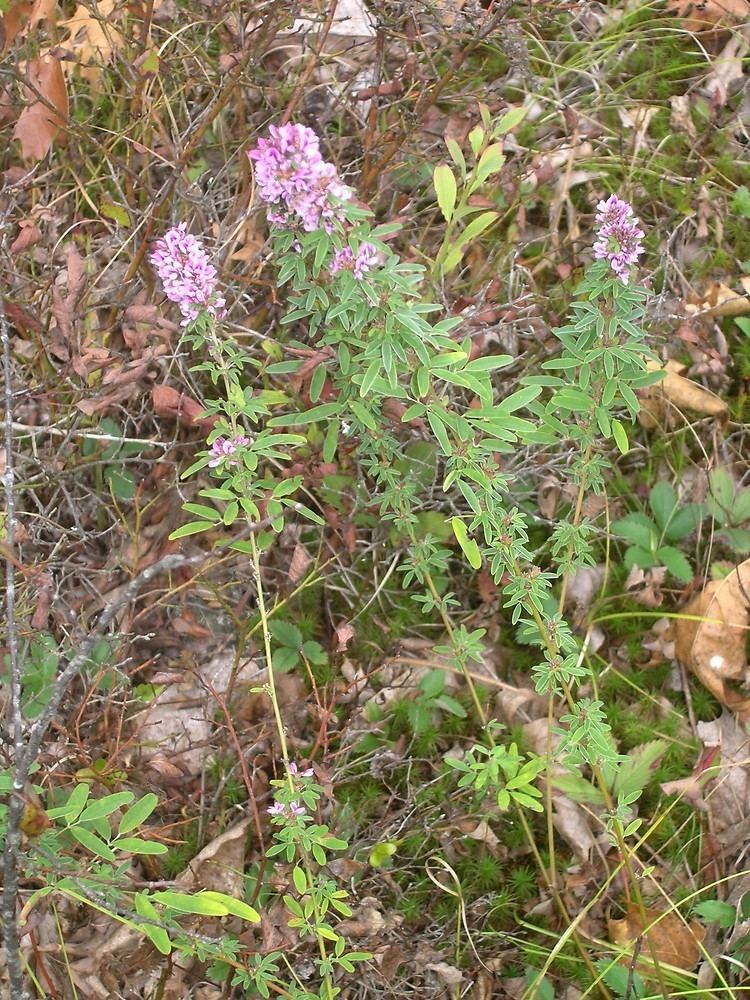
Description
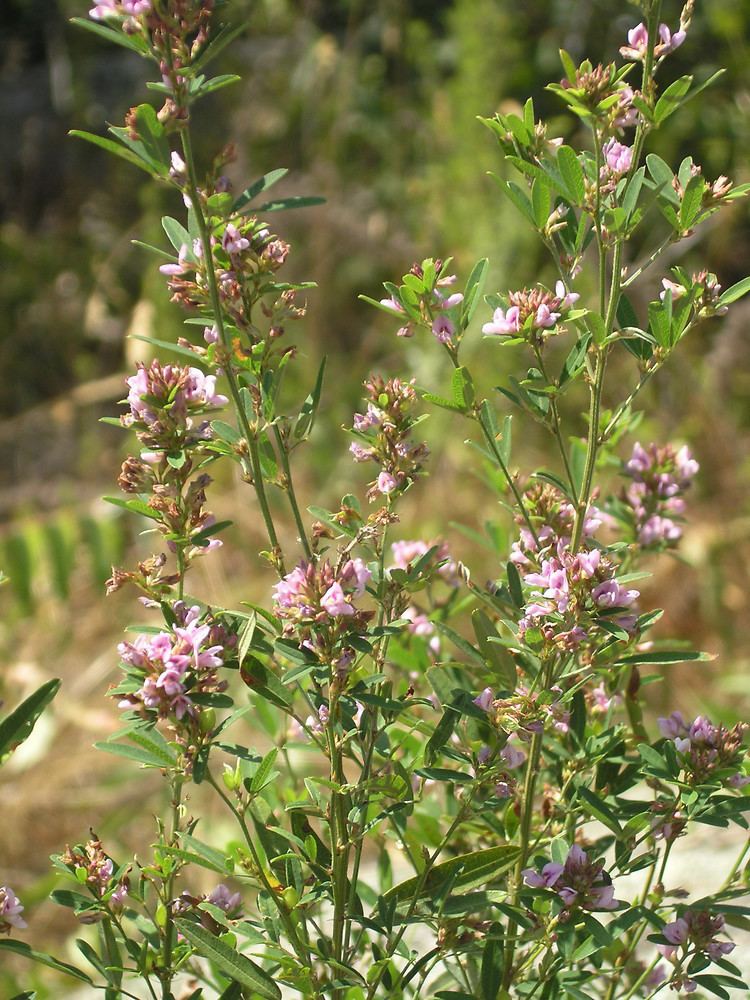
Lespedeza virginica is an herbaceous perennial legume. The plant can grow to be up to 2.5 feet tall. Slender bush clover has trifoliate compound leaves and slender primary petioles, with the stem covered in small white hairs. Slender bush clover has alternate leaf structure that are dark green in color, though sometimes appear pale green. The flowers are pink in color and have a broad upper petal with two side petals. Flowers produced are either cleistogamous or chasmogamous. Slender bush clover flowers from July to September and sets seed from September to October. L. virginica grows well in environments with full to partial sun and can grow successfully in rocky or sandy soils. L. virginica produces a taproot to assist in establishment.
Distribution
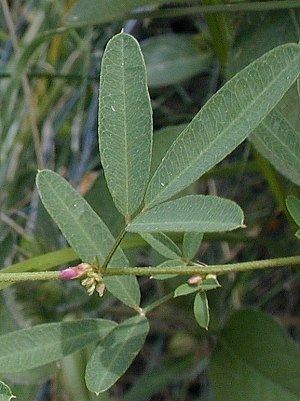
Lespedeza virginica is found from Maine south to Florida, west to Texas and north to Michigan as well as in Eastern Canada. L. virginica prefers drier habitats, but can be found in prairies, rocky and sandy forests, savannas and environments with high drainage such as roadsides.
Legumes
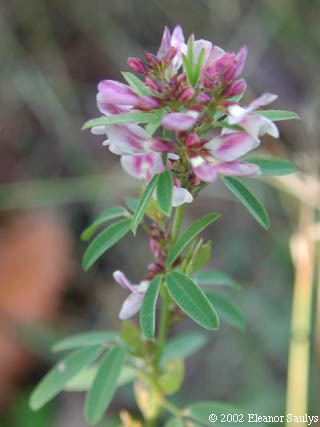
Lespedeza virginica is a legume, meaning it is in the Fabaceae family. Legumes are notable for the presence of symbiotic bacteria in their root nodules which fix nitrogen and help provide nutrients for the plant. It is speculated that this is beneficial to plants in the Fabaceae family because it helps them defend against competition. Legumes are typically nutritious as well which makes them more susceptible to herbivory.
Herbivory

Lespedeza virginica is eaten by a wide variety of wildlife and is therefore an important plant within the environments it lives in. It is a large part of the bobwhite quail's diet as well as deer and other ground birds. The seeds are eaten as well as the leaves. Nectar and pollen are eaten by various long-tongued insects such as butterflies and bees.
Conservation

Lespedeza virginica is listed as threatened in Wisconsin and New Hampshire. L. virginica as well as other species of Lespedeza are often planted by gardening enthusiasts due to their aesthetically pleasing flowers and fragrance.
